Don't miss out
Don’t miss your chance to see Galileo Galilei brought to life through music in the cultural event that is the new opera Galileo. See it for one night only, in concert at the Palais Theatre December 20th 2023.
Keep up to date on new content, company updates, upcoming events, special offers and behind the scenes action.
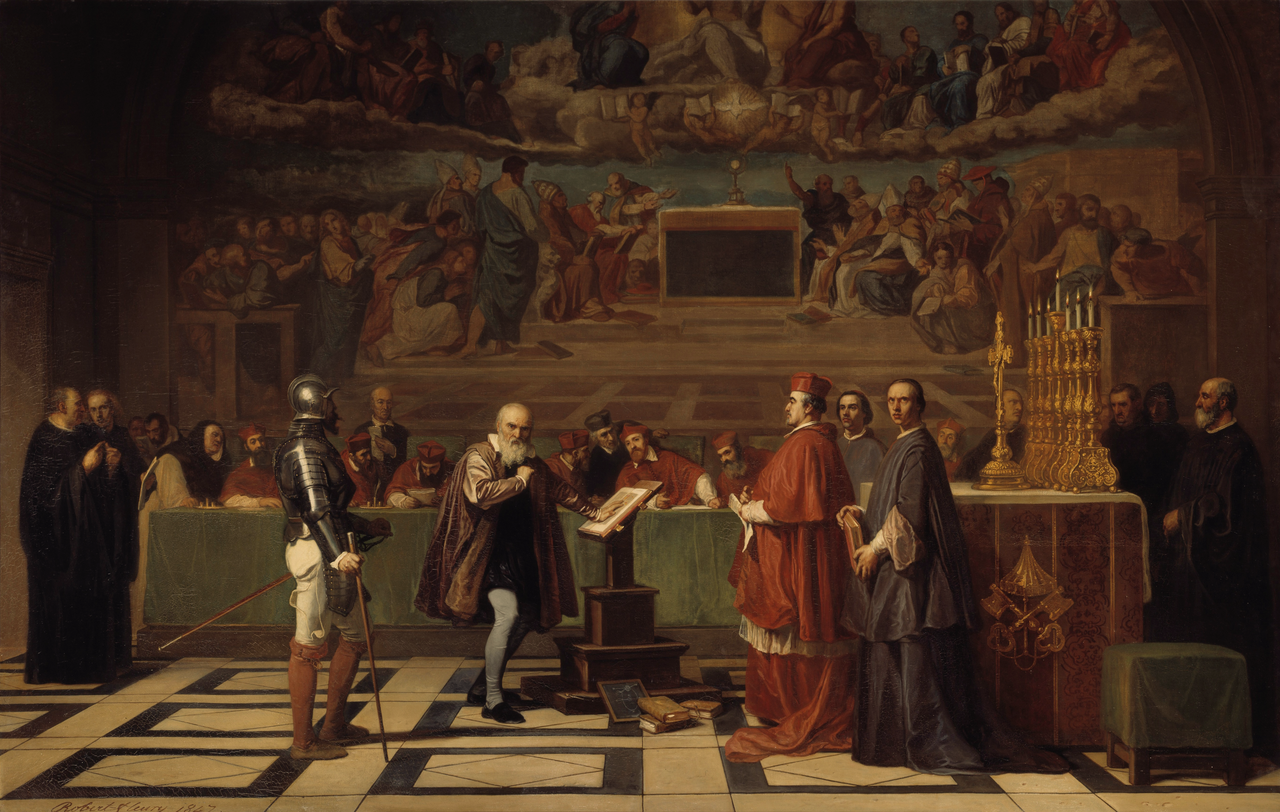
A Life of Scandal and Science
A complex visionary, who took on the church and lost, Galileo Galilei was as controversial as he was brilliant in his day.
So, before you join us at the Victorian Opera’s new opera Galileo, dive into the drama and heroism that came from one of history’s most fascinating luminaries.
Like many of us, in his earlier years Galileo struggled with what he wanted to do with his life. His religious faith made him consider becoming a priest. He studied art. To appease his father’s wishes, he studied medicine.
But ultimately, after seeing a lecture on Geometry, Galileo went on to study math in secret. This led him to many interesting jobs, including Professor of Math at the University of Pisa, and a ballistics consultant at the Arsenal of Venice.
Being a professor was a low-paying role that Galileo held to support his entire family, including his sisters’ dowries, his widowed mother and the three children he had out of wedlock.
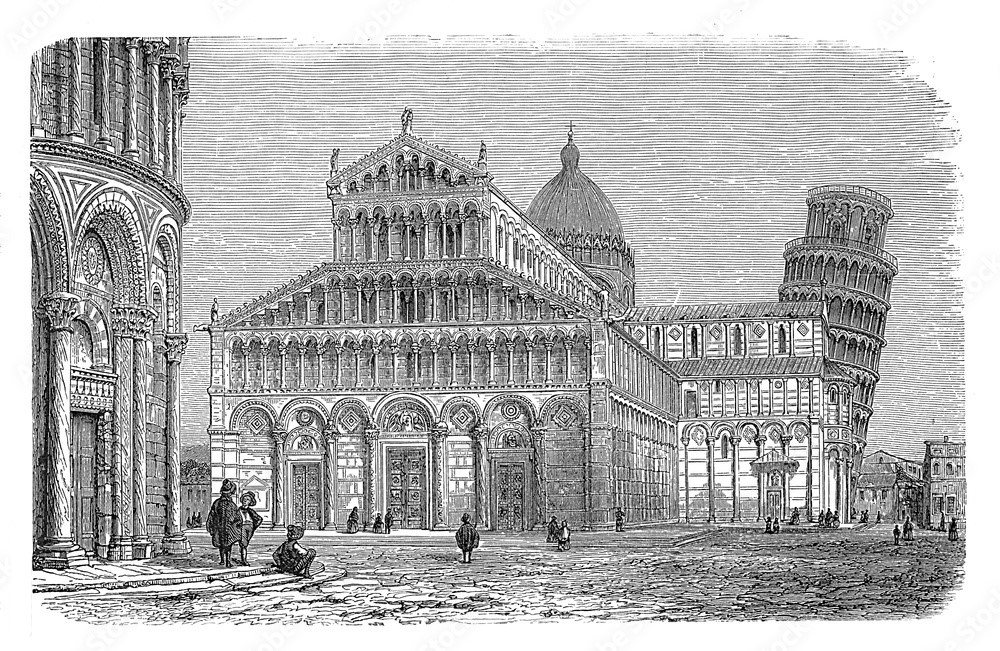
There is not a great deal known about Marina Gamba, the mystery woman who gave Galileo two daughters and a son. It is however recorded that likely due to their illegitimate birth and the lack of appropriate dowry Galileo was able to provide for them, his daughters were placed in a convent together for life.
![[Source: themarginalian.org]](https://www.victorianopera.com.au/wp-content/uploads/2023/11/galileosdaughter.webp)
Whilst at work, Galileo’s studies led him to new ground. He dove into astronomy, making his support of Heliocentrism (Nicholas Copernicus’ theory that the Sun, not the Earth, was the central point of the universe) known. This contradicted the highly religious Florentine court, that believed Earth to be the centre. However, being a religious man himself, Galileo wrote that the Bible and science did not have to oppose each other.
From here, trouble started brewing. Galileo argued that the Bible was a guide for the behaviour of man, as per God’s desire, whilst science uncovered the physical reality of the world God created. With this, Galileo began breaking new ground. He pioneered the scientific method, rationally comparing theories about natural phenomena and experimenting.
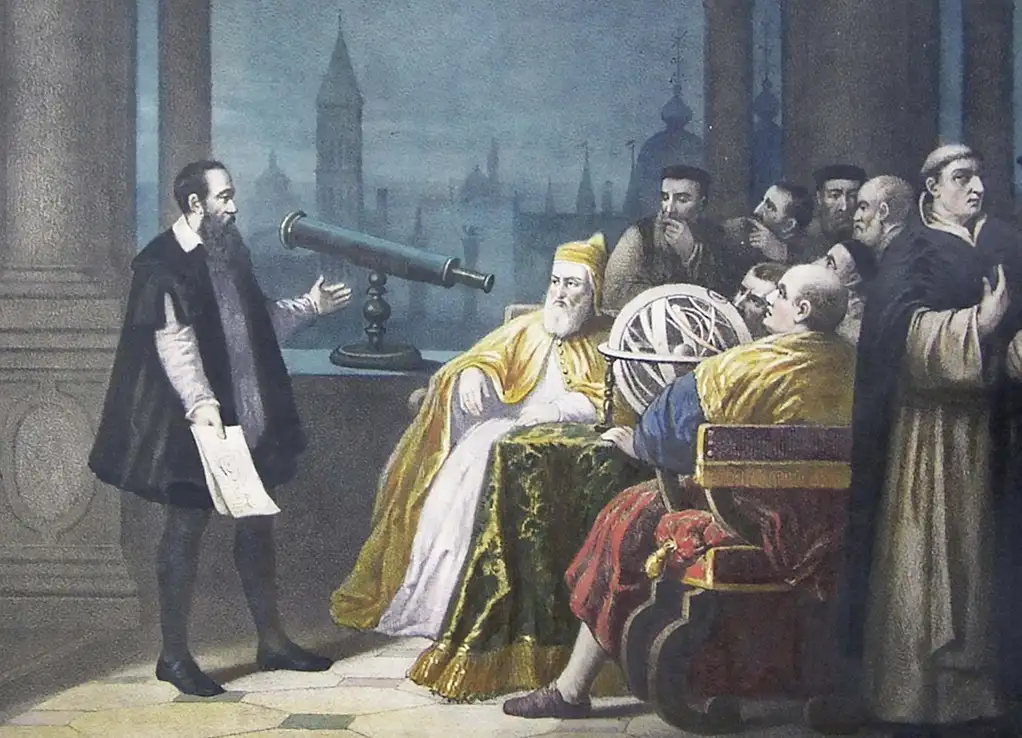
But religious and critical backlash began to pour in, leading Galileo to publish his famous pamphlet Assayer. In this, he argued the different places of philosophy and religion. He asserted the scientific method he believed should be carried out. This publication was revolutionary for the time, and even supported by the Pope, to whom Assayer was dedicated.
So, Galileo bounced back…at first. Because Assayer mentioned there were several natural phenomena yet to be answered, Pope Urban VIII was on board. He supported the publication, asserting that faith was the ultimate source of truth, since the ways of determining truth were still developing.
Believing that God can move the heavens in numberless ways, the Pope’s only request was that Galileo treat different astronomical systems fairly.
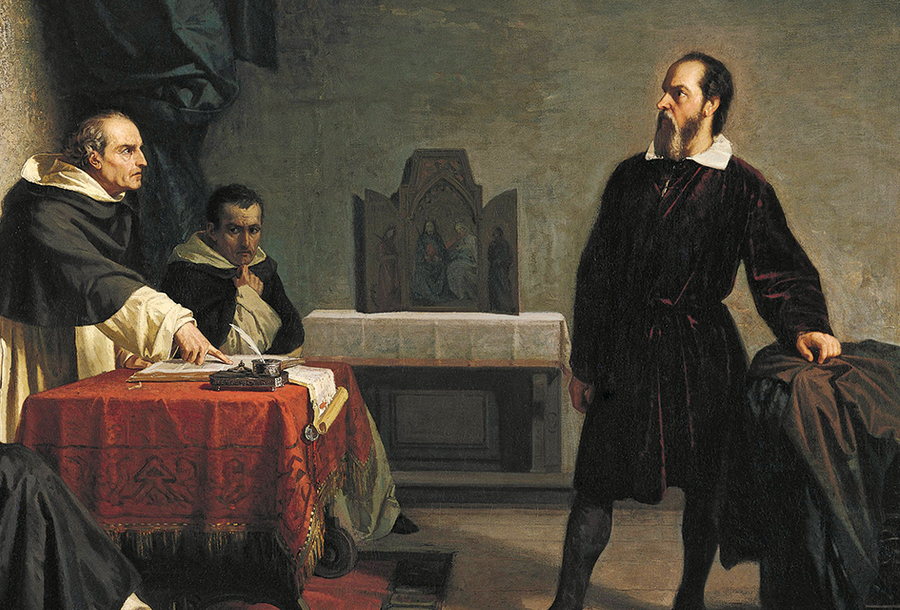
However, Galileo’s next book reiterated the one stance he had always had, and had tried to even-handedly allow for in Assayer. This stance was pro-heliocentrism. His adamant stance behind one single model displeased the Pope, who felt Galileo had not taken his advice on board. As a result, all copies of his new book were recalled, and Galileo was placed on trial by the Inquisition.
From this came the biggest controversy of his life- The Galileo Affair. After his trial, Galileo was placed on house arrest for the rest of his life, charged with heresy. This ruined his reputation and made him an outcast. He was prohibited from teaching others. But he continued making scientific advances.
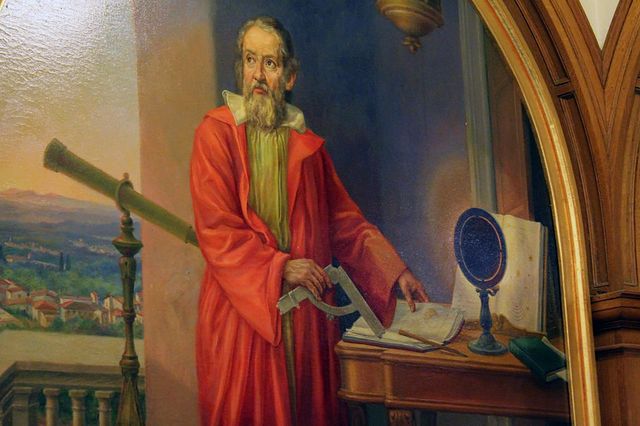
He conducted research and experiments from his own home. He wrote the book ‘Two New Sciences’, a work that received high praise from Albert Einstein. And in 1992, more than 300 years later, the Roman Catholic Church admitted they were wrong, clearing Galileo’s name of heresy.
Author: Greta Doell
Don’t miss your chance to see Galileo Galilei brought to life through music in the cultural event that is the new opera Galileo. See it for one night only, in concert at the Palais Theatre December 20th 2023.